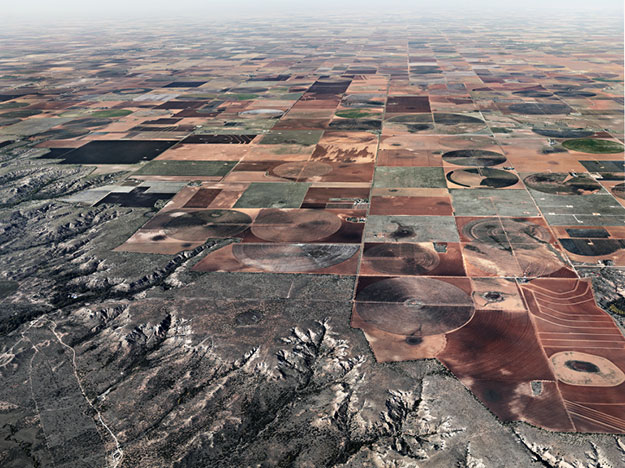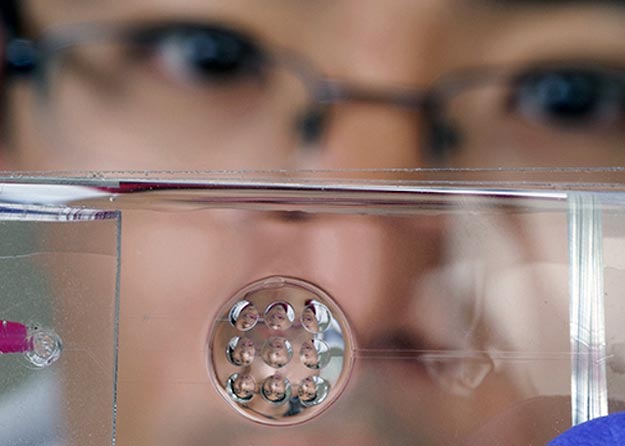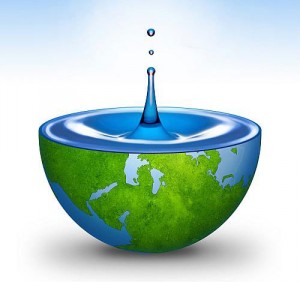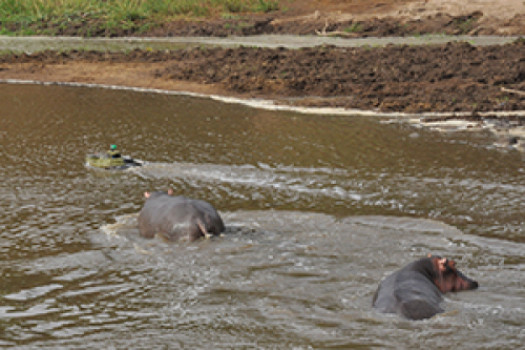“Maybe ignorance is bliss, but we can’t be ignorant any more. The consequences are too dire for human health and the health of the planet.” Photographer Ed Burtynsky is contemplating climate change, an unheralded but ever-present character in his latest book and film, Watermark, a clip of which he showed at TED2014 in Vancouver. And the mild-mannered artist is fired up.
“There is a fundamental flaw in democracy, where career politicians vie for power in the next election and long-term thinking has somehow disappeared,” he told me last week. “The only chance we have is that we elect more people who are capable of making difficult changes. If we allow the people with special interests, whether that’s big pharma, big oil or big agra, to shape all the policies to their own benefit and not for the long-term survival of our species, then we’ve created our own bed. We’re allowing this to happen; we need to stop it.” Read more






